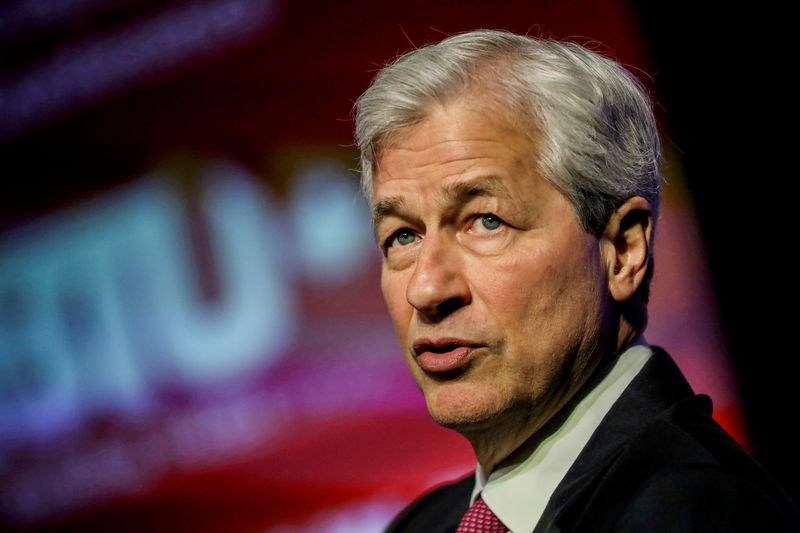GS and JPMorgan announce a recession in the US in 2023
2022.12.07 05:31
[ad_1]

GS and JPMorgan announce a recession in the US in 2023
Budrigannews.com – In October, the U.S. economy showed signs of cooling, but despite this, it is very likely that the world’s leading economy will enter recession in 2023 and have a domino effect on other economies.
The CEOs of major U.S. investment banks issued the warning, speaking of the risks the United States will face in the coming year in a tone that was more pessimistic than the most recent IMF projections released a few weeks ago.
JPMorgan Chase & Co. CEO Jamie Dimon told CNBC that he was worried about how inflation would affect businesses and consumers, who still have $1.5 trillion in savings left over from the pandemic, and that programs would spend 10% more in 2021 than they did in 2021.
Dimon stated, “Inflation is eroding everything I just said and that a trillion and a half dollars will run out sometime in the middle of the year next year.” So, when you think about the future, those things could very well cause a mild or severe recession, which is what people are worried about.
This isn’t the first time the top investment bank in the United States has warned investors about an upcoming “economic hurricane.” Dimon said in June that the hurricane is coming right now, but we don’t know if it will be Superstorm Sandy or a smaller storm.
Regarding raising, JPM’s CEO stated that this “may not be enough to contain inflation” as Fed Funds moved toward 5%.
Concerns that are also shared by other prominent figures in global finance, such as Goldman Sachs CEO David Solomon (NYSE:), who, speaking at an event that was put on by the Wall Street Journal, said that equity markets would continue to fall even into 2023, and that recession probabilities for the U.S. economy would be “about 2-out-of-3.” The GS says that equity and real estate (both commercial and residential) will continue to fall, but the strength of is countering that trend.
Likewise, for Solomon, the likelihood of a “delicate landing” – or a stoppage in that doesn’t tip the economy into downturn – for the U.S. economy “at just 35%,” and that’s what he added “it isn’t is really to be expected that we are in a time of rate climbs,” as the Federal Reserve is attempting to decrease expansion brought about by huge monetary upgrade and the “dark swan” impacts of the Russian conflict in Ukraine.
According to Solomon, “The market is making the assumption that we’ll reach the terminal rate sometime soon and the [Fed] will bring rates back down,” and “If you look at the majority of tightening cycles, historically, after some period of time, you do see a reversal.” However, I believe we’re still in the early stages of this and it’s uncertain.
The projections show that the New York Fed’s recession model predicts a 38% chance of a recession in the United States in November 2023 (readings above 30% typically indicate an economic downturn), while the Fed’s most recent dot plots show a terminal rate of 4.6% for 2023.
A ceiling that none of the FOMC members agree on because the Cleveland Fed’s nowcast model, which has been quite accurate this year, predicts that the core rate will only slightly weaken to 6.26 percent. It is at least debatable as to whether this is sufficient for the Fed to set the dot plot for 2023 just above 5%.








